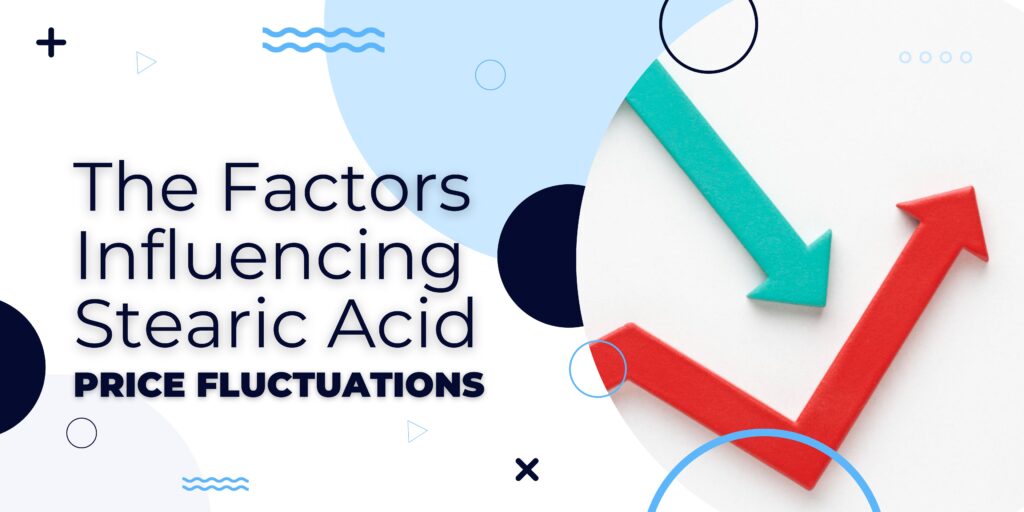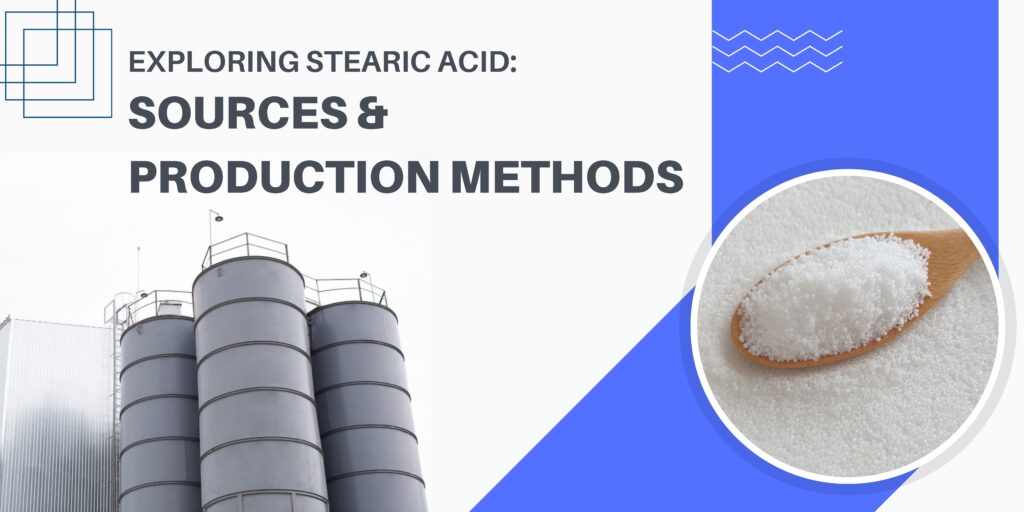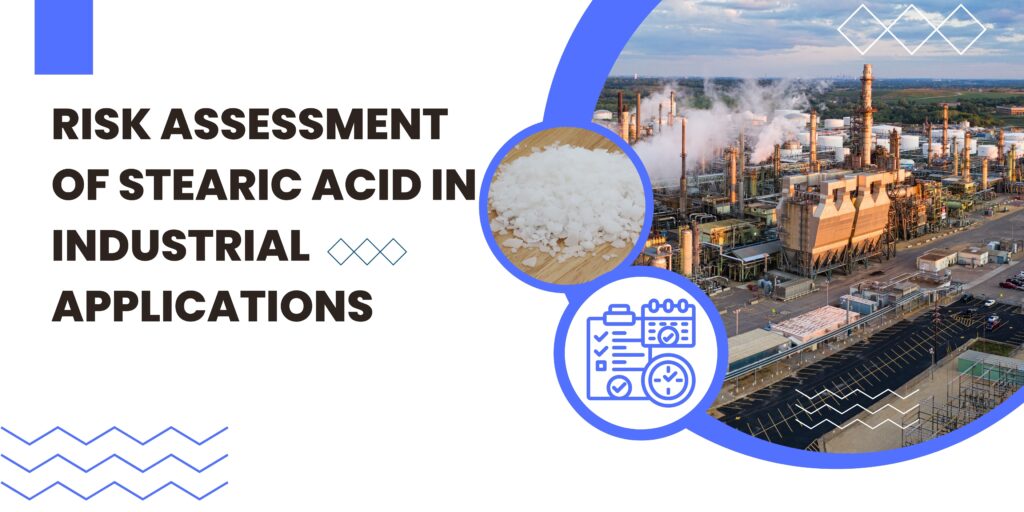
Stearic acid is a saturated fatty acid commonly found in various natural sources, including animal fats and vegetable oils. It has a wide range of industrial applications, making it an essential component in the chemical and manufacturing industries. Understanding the factors that influence stearic acid price fluctuations is crucial for businesses and investors to make informed decisions and navigate this dynamic market.
This article delves into the intricate world of stearic acid pricing, exploring the various factors that contribute to its price volatility. By the end, you will have a comprehensive understanding of the key elements that shape stearic acid prices, allowing you to better predict market trends and anticipate price changes.
Supply and Demand Dynamics
Stearic acid, like any other commodity, is subject to the basic economic principle of supply and demand. The interplay between these two factors can significantly impact the price of stearic acid. Let’s take a closer look at each:
Supply
Stearic acid supply is determined by several factors:
a. Raw Materials: The primary raw materials for stearic acid production are animal fats and vegetable oils, particularly palm oil and coconut oil. Any disruptions or fluctuations in the supply of these materials can influence stearic acid production and, subsequently, its price.
b. Production Capacity: The capacity of stearic acid manufacturing facilities can also affect supply. Expansions, closures, or changes in production volumes in these facilities can lead to shifts in supply levels.
Demand
The demand for stearic acid is influenced by a wide range of industries and applications:
a. Rubber Industry: Stearic acid is used as a processing aid and vulcanization agent in the rubber industry. The demand for tires and rubber products can directly affect stearic acid consumption.
b. Cosmetics and Personal Care: Stearic acid is a common ingredient in cosmetics, soaps, and skincare products. Consumer demand for these products impacts stearic acid demand.
c. Pharmaceuticals: Stearic acid is used as a pharmaceutical excipient in the production of tablets and capsules. Changes in the pharmaceutical industry can affect demand.
d. Chemical Industry: Stearic acid serves as a precursor for various chemical compounds, including stearates, which are used as stabilizers, lubricants, and softening agents. Trends in chemical manufacturing influence stearic acid demand.
Global Economic Factors
The global economic landscape plays a pivotal role in determining stearic acid prices. Economic factors that impact stearic acid pricing include:
Exchange Rates
The exchange rates between major currencies can influence the cost of imported and exported stearic acid. Exchange rate fluctuations can make imported stearic acid more expensive or cheaper for buyers in different countries, affecting international trade.
Inflation and Interest Rates
Inflation and interest rates can affect the overall cost of production and distribution. High inflation and interest rates can increase operating costs for stearic acid manufacturers, potentially leading to higher prices.
Economic Growth
The overall economic growth of a country or region can influence stearic acid consumption. Growing economies often have increased demand for consumer goods, leading to higher demand for stearic acid in industries like cosmetics and personal care.
Environmental Regulations
Environmental regulations have become increasingly stringent in recent years, particularly concerning the use of palm oil and its derivatives, such as stearic acid. Environmental concerns, including deforestation and habitat destruction, have led to tighter regulations in palm oil-producing regions. These regulations can impact the availability and cost of palm oil-derived stearic acid, causing price fluctuations.
Geopolitical Events
Geopolitical events, such as trade disputes, sanctions, or political instability in major stearic acid-producing countries, can disrupt the supply chain and impact stearic acid prices. For example, trade tensions between major stearic acid producers and consumers can lead to tariffs and trade restrictions, influencing pricing strategies.
Technological Advancements
Technological advancements in stearic acid production can lead to cost savings and increased efficiency. As manufacturers adopt innovative processes and equipment, production costs may decrease, potentially resulting in lower stearic acid prices.
Market Speculation
Market speculation can also contribute to price fluctuations. Traders and investors often buy and sell stearic acid futures contracts based on their expectations of future price movements. Speculative activities can create short-term price volatility.Environmental and Social Sustainability
The growing emphasis on sustainability and ethical sourcing can affect stearic acid prices. Companies and consumers are increasingly seeking sustainably sourced stearic acid, which may come at a premium price. Producers investing in sustainable practices may face higher production costs that could be passed on to consumers.
Impact of COVID-19
The COVID-19 pandemic had a significant impact on the global economy and various industries. The stearic acid market was no exception. Lockdowns, supply chain disruptions, and reduced industrial activities affected both supply and demand, leading to price fluctuations.
Conclusion
Understanding the factors that influence stearic acid price fluctuations is essential for businesses and investors operating in this dynamic market. Supply and demand dynamics, global economic factors, environmental regulations, geopolitical events, technological advancements, market speculation, sustainability concerns, and the impact of COVID-19 all play a role in shaping stearic acid prices.
Stearic acid prices are subject to a complex interplay of these factors, and their effects can vary over time and across different regions. Staying informed about these influences and regularly monitoring market trends is key to making informed decisions and effectively managing stearic acid procurement and pricing strategies. By having a comprehensive understanding of the multifaceted nature of stearic acid pricing, businesses can adapt to changing market conditions and remain competitive in this essential industry.




